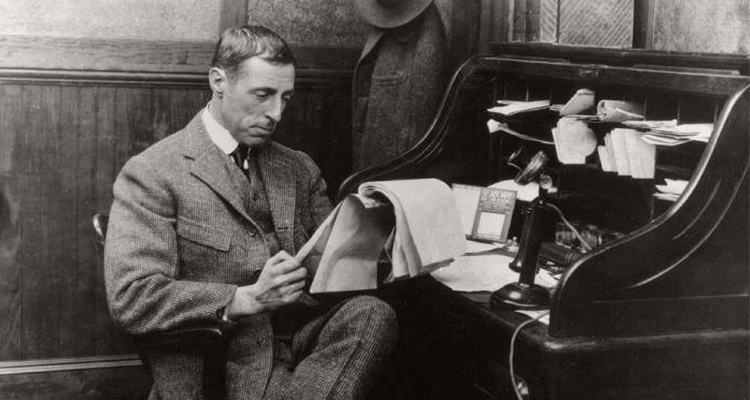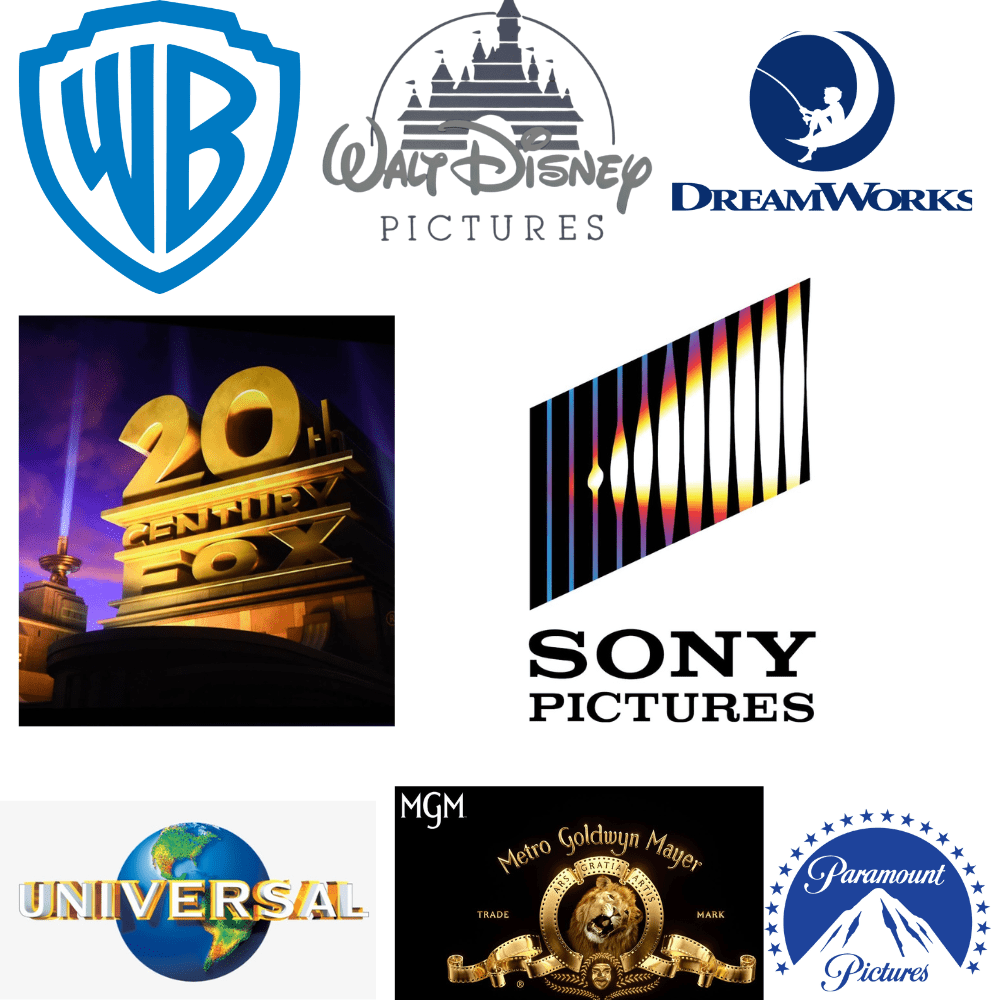The History of Cinema: Evolution of Film and Movie-making Techniques
Lights flicker, the camera rolls and the magic of cinema unfolds before our eyes. From the humble beginnings of flickering images projected onto a screen to the breathtaking spectacles of today's blockbusters, the history of cinema is a captivating journey through time and technology. Join me as we delve into the evolution of film and movie-making techniques, uncovering the secrets behind the silver screen.
Defining Cinema: Where It All Began
Picture this: it's the late 19th century, and inventors like Thomas Edison and the Lumière brothers are experimenting with motion pictures. These early pioneers laid the foundation for what would become one of the most influential art forms of the modern era. Cinema, at its core, is storytelling through moving images. It's about capturing moments, emotions, and narratives in a way that transcends language and culture.
The Silent Era: A Time of Innovation
Filmmakers began exploring new techniques to enhance the viewing experience as cinema gained popularity. The silent era, characterized by films without synchronized sound, saw the rise of innovative storytelling methods. Directors like D.W. Griffith pioneered close-ups, cross-cutting, and parallel editing to convey complex narratives without dialogue. Classics like "The Birth of a Nation" and "Metropolis" showcased the power of visual storytelling, laying the groundwork for future generations of filmmakers.
The Golden Age of Hollywood: Glamour and Spectacle
Enter the Golden Age of Hollywood, a time of glamour, elegance, and larger-than-life stars. From the 1920s to the 1950s, studios like MGM, Warner Bros., and Paramount churned out a dazzling array of films that captured the imagination of audiences worldwide. Iconic directors such as Alfred Hitchcock, Orson Welles, and Billy Wilder pushed the boundaries of storytelling, experimenting with genres and techniques to create cinematic masterpieces that are still revered today.
The Birth of Technicolor: Bringing Color to the Silver Screen
While black-and-white films had their charm, the introduction of Technicolor revolutionized the industry, bringing vibrant hues to the silver screen. Classics like "The Wizard of Oz" and "Gone with the Wind" dazzled audiences with their vivid cinematography, ushering in a new era of colour filmmaking. The meticulous process of Technicolor printing added depth and richness to the visuals, immersing viewers in worlds beyond imagination.
The Rise of New Wave Cinema: Breaking the Rules
As the 1960s dawned, a new wave of filmmakers emerged, challenging the conventions of traditional Hollywood cinema. Directors like François Truffaut, Jean-Luc Godard, and Federico Fellini embraced a more experimental approach, rejecting studio interference in favour of artistic freedom. Films like "Breathless," "8½," and "Persona" pushed the boundaries of narrative structure and visual style, inspiring future generations of auteurs to explore new artistic horizons.
The Digital Revolution: Transforming the Industry
Fast forward to the digital age, where technological advancements have transformed every aspect of filmmaking. From CGI to motion capture, filmmakers now have a vast array of tools at their disposal to bring their visions to life. Directors like James Cameron ("Avatar") and Christopher Nolan ("Inception") have embraced cutting-edge techniques to create immersive cinematic experiences that push the boundaries of what's possible.
The Future of Cinema: Where Do We Go From Here?
As we stand on the cusp of a new era in cinema, one thing is clear: the evolution of film and movie-making techniques shows no signs of slowing down. With the rise of streaming platforms and virtual reality, filmmakers are exploring new ways to engage audiences and tell stories in innovative ways. The possibilities are endless, and the future of cinema is limited only by our imagination.
In conclusion, the history of cinema is a testament to the power of human creativity and ingenuity. From its humble beginnings to its current state of technological marvel, cinema continues to captivate and inspire audiences around the world. So, the next time you settle in for a movie night, take a moment to appreciate the artistry and craftsmanship behind the magic of cinema. Who knows what wonders the future holds for the evolution of film and movie-making techniques? It's an exciting journey, and I can't wait to see where it takes us next.
So, grab your popcorn, dim the lights, and let the magic of cinema transport you to worlds beyond imagination. The show is about to begin, and the possibilities are endless.








Comments
Post a Comment